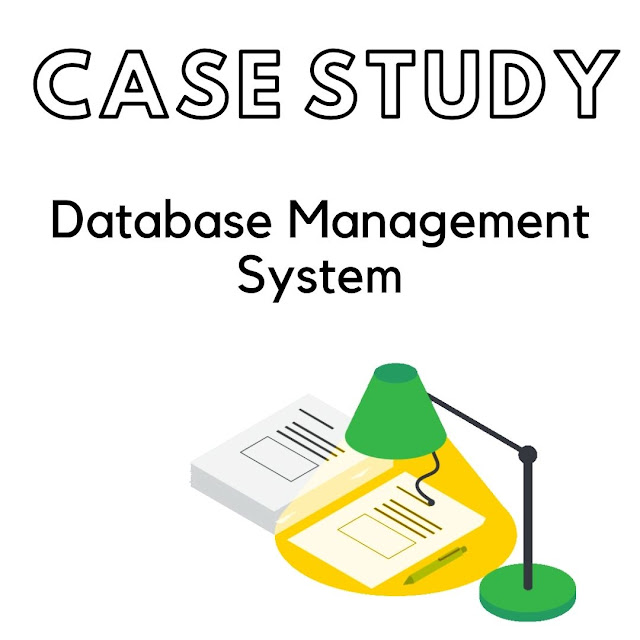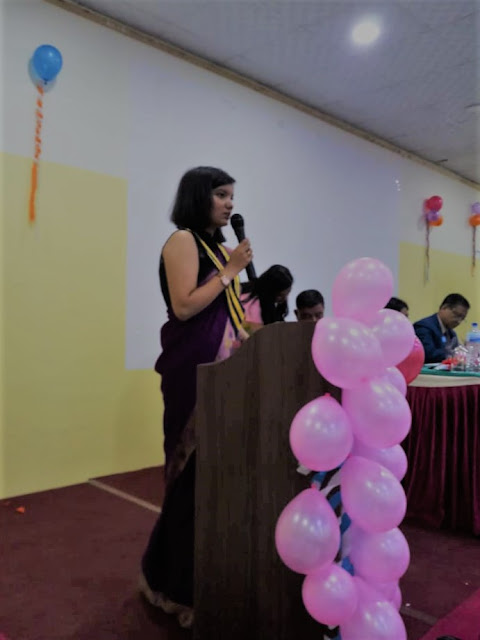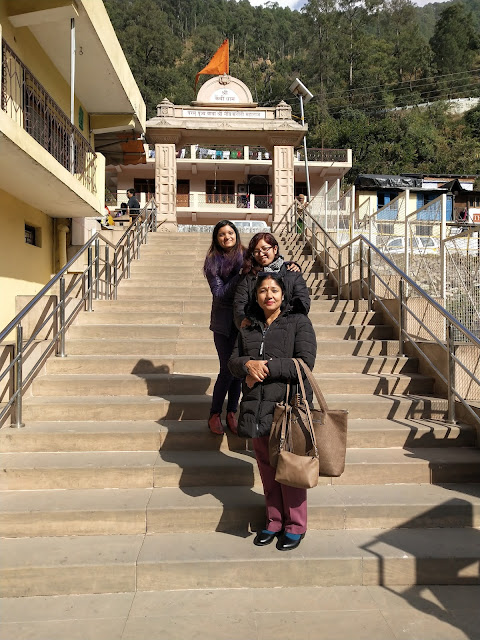March 2017
The following is the abstract extracted from the case study report on Operating Systems at Subisu Cablenet Pvt. Ltd. on March, 2017.
This
report is the result of a case study done by the authors in Subisu
Cabelnet (P.) Ltd. about their choice of operating
systems, system structures, file management system, database management system,
storage management system, memory management systems, device management system,
security mechanisms and backup policies. The case study is a partial
fulfillment of the requirement of the completion of third semester of Bachelor
of Science in Computer Science and Information Technology.
This
report proceeds with introducing the reader with operating systems and the Subisu
Cabelnet (P.) Ltd. It briefly touches upon the main
applications of computers in the organization. This provides the reader with
some insight regarding why the current operating systems are chosen. The system
overview starts with the detail information on the platform in different types
of systems. It introduces the operating systems used by the systems, which
gives a constructive insight of the different types of operating system used
for various purposes in the organization. The report then proceeds with
detailed discussion on memory management, storage management and device management
system which explain about allocation of memory capacities, choice of file
systems and authorization tools made in organization and briefly discuss the
database management system. The device management touches upon the different
strategies and technologies used to connect the various device for efficient
operation.
In
addition, the report encompasses the security mechanisms, system maintenance
and backup policy adopted by the organization, which gives us the general
concept of the necessity of securing the systems in the company, policy for
systems maintenance and backup processes. Lastly, the report critically
analyses whether the choices made by the organization are appropriate or not,
and provides suggestions for better implementation.






